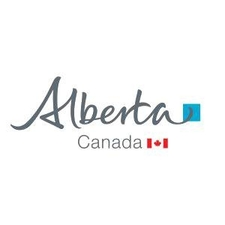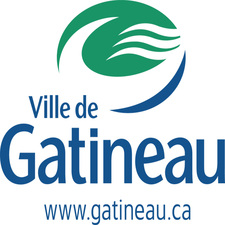RI_541
Type of resources
Available actions
Topics
Keywords
Contact for the resource
Provided by
Formats
Representation types
Update frequencies
status
-

The Alberta Transportation Region dataset is comprised of all the polygons that represent Alberta Transportation Regions in Alberta. The Transportation Region is the first level of administrative zones established by Alberta Transportation to manage roads (primary and secondary highways) under their jurisdiction. Alberta Transportation Region is sub-divided into Alberta Transportation District.
-

This map displays the risk of soil degradation by wind in the agricultural region of Alberta. Wind erosion is a concern because it reduces soil quality by removing soil nutrients, smaller soil particles and organic matter. Wind erosion can reduce air quality during extreme erosion events and also reduce water quality if eroded particles drift into streams and lakes. The map uses five classes to describe the wind erosion risk on bare, unprotected mineral soil: negligible, low, moderate, high and severe. This resource was created using ArcGIS. It was originally published as a print map in 1989.
-

Standardized public places v1**This third party metadata element was translated using an automated translation tool (Amazon Translate).**
-

Mass movement (embankment)**This third party metadata element was translated using an automated translation tool (Amazon Translate).**
-

This data set shows the geographic location of authorized parking spaces for unregistered self-service vehicles without anchors (VNILSSA) on the territory of the City of Montreal.**This third party metadata element was translated using an automated translation tool (Amazon Translate).**
-

Predicted Soil organic carbon (%) at a defined depth range (0–5 cm, 5–15 cm, 15–30 cm, 30–60 cm, 60–100 cm).
-

Land use mapping.**This third party metadata element was translated using an automated translation tool (Amazon Translate).**
-

Standardized zoning v1**This third party metadata element was translated using an automated translation tool (Amazon Translate).**
-

The data represents the occurrence of saline soils in the agricultural area of Alberta. A Saline Soils is a non-alkali (pH less than 8.5 and exchangeable-sodium less than 15%) soil containing soluble salts in great enough quantities that they interfere with the growth of most crop plants. This resource was created in 2002 using ArcGIS.
-

The Fish and Wildlife Enforcement Unit dataset is comprised of the polygons representing Fish and Wildlife Enforcement Units in Alberta. Alberta Public Safety and Emergency Services, Government of Alberta, manages the Fish and Wildlife enforcement services to provide the public and other government departments' information regarding the locations of Fish and Wildlife Enforcement Units throughout the province.
 Arctic SDI catalogue
Arctic SDI catalogue